Assin Manso, located in present-day Ghana, was the last stop on the slavery route from Northern Ghana and was known to be the largest slave market for merchants supplying slaves to forts and castles along the coast during the infamous trans-Atlantic slave trade. This market was a hub for the trade of human beings, where slaves were brought from Northern Ghana, washed, and sorted before being sold to merchants. The river where the slaves were washed was called ‘Nnonko Nsuo,’ meaning Slave River.
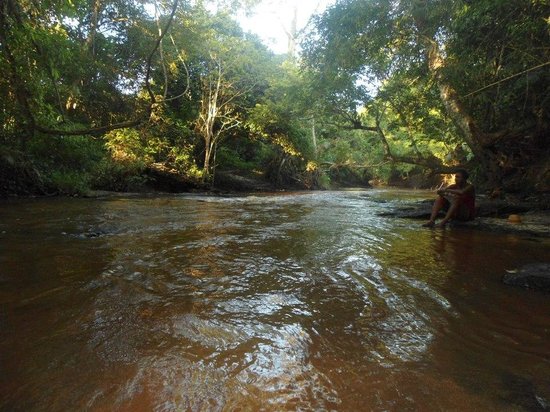
The sorting process was a cruel and inhumane practice. The slaves were examined, and those deemed fit were sent to the forts along the coast, where they were locked up in cells for months before being shipped across the Atlantic to an unknown future. The ones deemed unfit were either left behind or killed. The slave trade at Assin Manso was a significant contributor to the brutal system of slavery that affected millions of Africans for centuries.
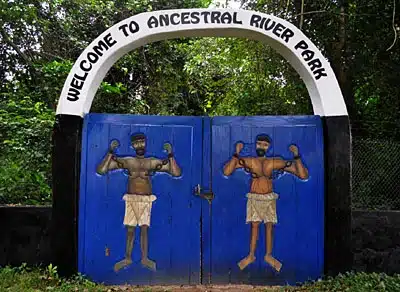
The trans-Atlantic slave trade originated when Europeans needed labor for their plantations and mines in the Americas. The Europeans were not suitable for working in the tropical climate and were not able to survive the diseases that came with the work. To solve this problem, Africans were enslaved and transported to the Americas to work on plantations and mines.
European merchants traded manufactured goods like tobacco, spirits, beads, clothes, and guns for human beings in Africa. The exchanged goods, which were the slaves, were then transported across the Atlantic to work on the plantations and mines. The merchants then returned to Europe with the produce from the slaves’ labor on the plantations, which included goods like cloth, sugar, and tobacco. This transport of slaves from Africa to America formed the middle passage of the triangular trade.
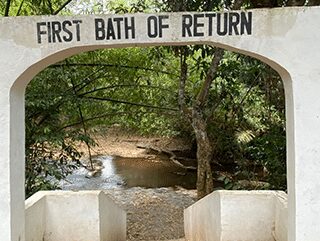
The trans-Atlantic slave trade was a brutal system that dehumanized millions of Africans and caused immense suffering. The trade disrupted the social and cultural fabric of African societies, as people were taken away from their homes, families, and communities, never to return. The slave trade also caused significant damage to Africa’s economy, as it led to a decline in agriculture and other economic activities that relied on human labor.
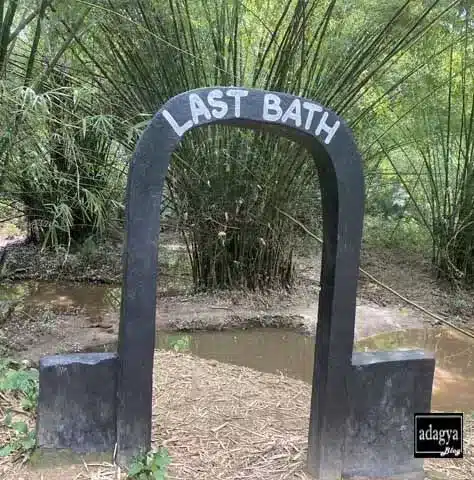
The impact of the slave trade is still felt in Africa today, as it has contributed to the continent’s underdevelopment and poverty. The legacy of slavery and colonialism has left many African countries struggling to develop economically and socially. The effects of the slave trade have also contributed to the inequalities and conflicts that plague many African countries today.
Assin Manso, the largest slave market of the trans-Atlantic slave trade, serves as a reminder of the horrors of slavery and the inhumane treatment of human beings. It is essential to acknowledge and remember this dark period of history, to ensure that such atrocities are never repeated. We must strive to create a world where all people are treated with dignity and respect, regardless of their race or ethnicity. Only then can we truly move towards a more just and equal society.
3 reasons why you should visit the Assin Manso Slave River Site
Firstly, it is an opportunity to learn about the history of the trans-Atlantic slave trade and its impact on African societies and the world. Assin Manso was the largest slave market in Ghana, and it played a significant role in the slave trade. Visiting the site can provide a better understanding of the inhumane treatment of African people during this time.
Secondly, visiting Assin Manso is a way to pay respect to the millions of Africans who suffered and died during the slave trade. It can be a way to honor their memory and acknowledge the enduring impact of slavery on the continent and the world.
Finally, visiting Assin Manso is an opportunity to connect with Ghana’s rich cultural heritage. Ghana has a vibrant culture that is deeply rooted in its history, and a visit to Assin Manso can provide insights into the country’s past and present.
Location
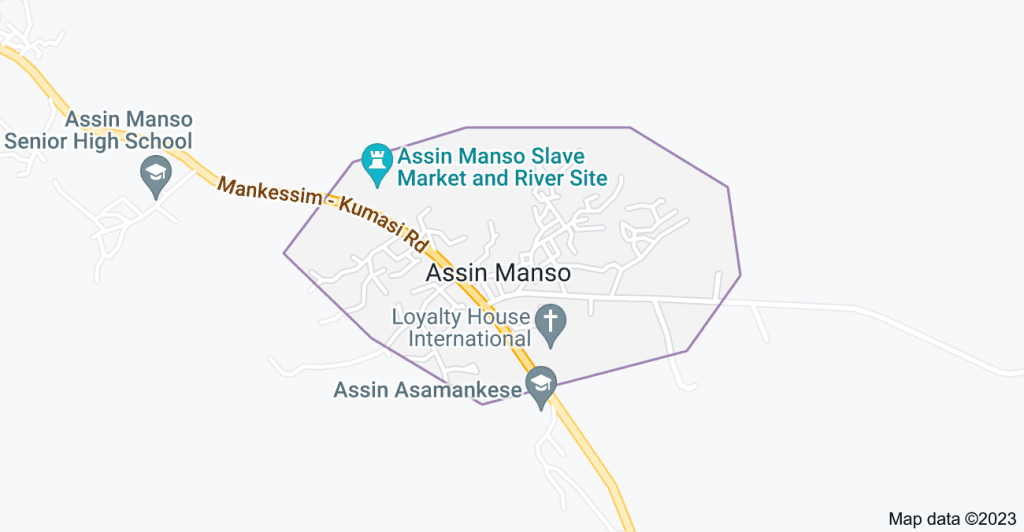
READ NEXT ON: Nzulezu: The village built on stilts


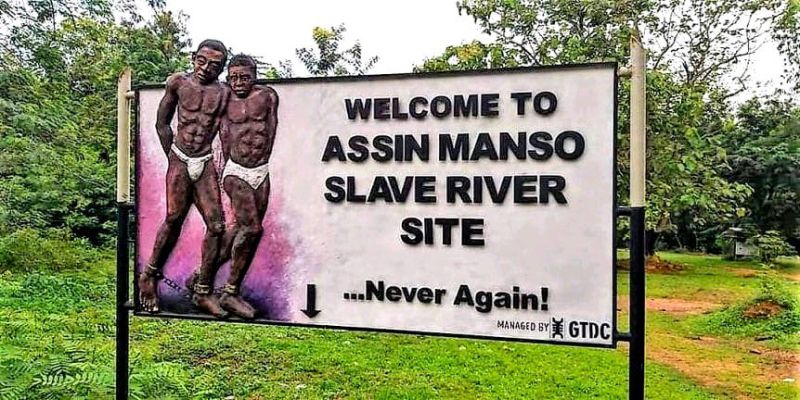




































This Post Has 2 Comments
Great piece
Great